Palmetto Bluff Real Estate Company Sales Office
Office Hours
Monday-Friday 9am - 5pm
Saturday 9am - 4pm
Sunday 12 - 4pm
Saturday 9am - 4pm
Sunday 12 - 4pm
The mere mention of white-tailed deer conjures up a familiar mental image. It is a bitter cold winter morning. A mature buck stands proudly with a tall, heavy set of antlers reaching skyward. His breath materializes into a thick mist in the light of the sun, which has been slowly making its debut behind him. His harem of does (females) feeds around him in quiet comfort. They stand in the edge of a frosted field of lush, leafy turnips and tall green oats. The field is surrounded by an untouched, magnificent maritime forest. At Palmetto Bluff, this is a common scene. Here, the deer herd is studied and managed by the Palmetto Bluff Conservancy at a level that cannot be found at most places.
The Conservancy uses a wide variety of tools to manage and study the deer herd that lives at the Bluff. Nighttime spotlight surveys and trail camera censuses are utilized to estimate population and density in specific areas. Deer nutrition is supplemented with cultivated food plots that are scattered property-wide. Every May, the Conservancy conducts the summer planting, which consists of Alyce clover, Aeschynomene, and buckwheat, to ensure the deer on property are well-fed with food that has real nutritional value. Another planting occurs in October. This crop is a mix of wheat, naked oats, rape, rye, and turnips. Over 40 automatic corn feeders supply deer with a quick and easy meal. These extra food sources are great for other wildlife as well. Birds of all kinds are visitors to Palmetto Bluff’s nutrient-rich food plots.
White-tailed deer are an iconic American wildlife species, and they are the state animal for nine states, including South Carolina. The pursuit of the white-tailed deer generates billions of dollars annually, but hunting is also a beneficial practice for healthy herd production. Since deer have very few limiting factors, their numbers can quickly exceed the carrying capacity of the land upon which they reside. The Palmetto Bluff Conservancy hosts guided deer hunts for property owners, which help form a deep bond between owners and this special land they live on while also maintaining the local herd below carrying capacity. Their antlers serve as trophies for hunters and their meat fills freezers. Meat from a white-tailed deer is second to none. Like beef, it is crimson red in color but much leaner. The deer’s all-natural diet provides a hunter with a hormone-free, healthier alternative to store-bought beef, and it’s cheaper too. A pound of ground beef averages $3.50; whereas, a pound of fully processed ground deer meat costs roughly $1.50 depending on the processor. Cheaper and healthier? Those two words are seldom used to describe other foods. (My preferred recipe for preparing and cooking delicious deer meat is on the next page.)
The fact that deer are a major game species in the United States is not the only interesting aspect of their existence. The intricacies of the life they live is a spectacle of its own. Deer belong to a family of species known as Cervidae. The members of this family include white-tailed deer, mule deer, moose, caribou, elk, and several others. What all of these species share is that the male of the species grows and sheds a new pair of antlers every year. This trait sets the tone for their entire year. Let’s take a look at the stages each deer undergoes throughout the year.
There are several events occurring within the deer community during the summer months. Does are giving birth to offspring known as fawns, which are covered in white spots that serve as a type of camouflage. The fawns will spend their days hiding and the mother will return to them periodically so they may nurse. (If a fawn is found alone, it is important to leave it undisturbed. The mother has not abandoned it; she is simply feeding and will return soon.)
Bucks also begin growing their antlers for the year at this point. Their rack size and shape are directly related to the amount of minerals available for consumption. As the antlers grow, they are encased in a layer of skin and blood vessels known as velvet. During the summer, does and bucks spend very little time together. Instead, bucks often hang together in a bachelor group.
Antler growth slows down, and soon, bucks will leave their bachelor groups to seek solitude. While they are alone, they eat as much as possible to build fat reserves, causing their antlers to “harden out.” After their antlers have hardened, the bucks will rub them on branches and saplings. This removes the velvet and polishes the antlers.
Fawns have now learned to feed on their own. They still hang close to their mothers but can survive without them, and the spots that once covered their backs have faded or disappeared completely.
Females enter estrus and “the rut” ensues. The rut is the season when deer breed, which brings about major changes in their behavior. Bucks establish a hierarchy by fighting and use the antlers grown over the last few months as weapons. The biggest, strongest bucks earn the right to breed with the female, but many of the females didn’t sign up for this. The bucks chase the females around and give them little rest. Bucks are often so focused on females that they are oblivious to their surroundings, and for this reason, the rut is time of year when most deer are struck by cars. Their preoccupation with females causes them to forget an important rule—look both ways before you cross the street!
Breeding season comes to a close. Bucks, worn down by the rigors of the rut, are visibly thinner. With no receptive females left, they begin to return to their bachelor groups. The antlers that have served them throughout the rut loosen and fall off. From here, the annual cycle starts over just as it has done for 3 million years since deer first evolved.
White-tailed deer live a unique lifestyle. By studying their behaviors and population dynamics, a deep appreciation for them is formed. There is no doubt why they are one of the most recognizable American species, and they certainly make great wild neighbors at Palmetto Bluff.
Justin’s Favorite Deer Meat Recipe
Grilled, Marinated Backstrap or Loins
For best results, have more than one ice-cold beer of your choosing beforehand.
Photography by Michael Foster
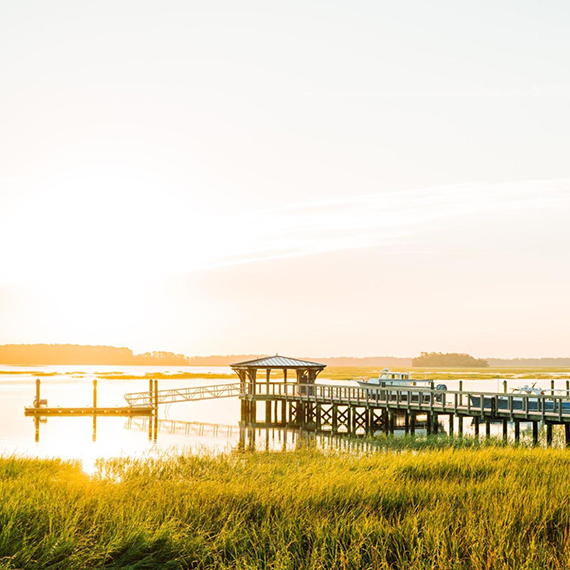
The golden glow of the marshes, the crisp air, and the sense of calm after a busy summer season all make this time of year unforgettable. Whether you’re enjoying the Bluff or exploring the wider coastal region, here are 5 reasons why fall is when the Lowcountr...
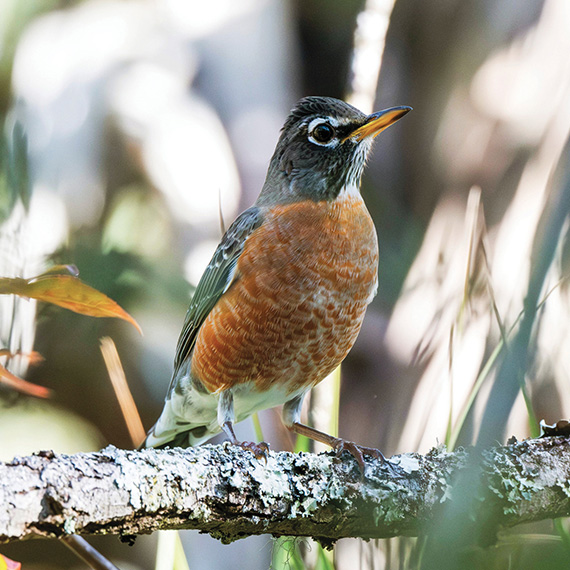
Here in the Lowcountry, the Conservancy brings FeederWatch to life with guided sessions at the Conservancy’s bird feeders. Education and Outreach Manager Aaron Palmieri leads these gatherings, teaching attendees how to identify wintering species, choose the ri...
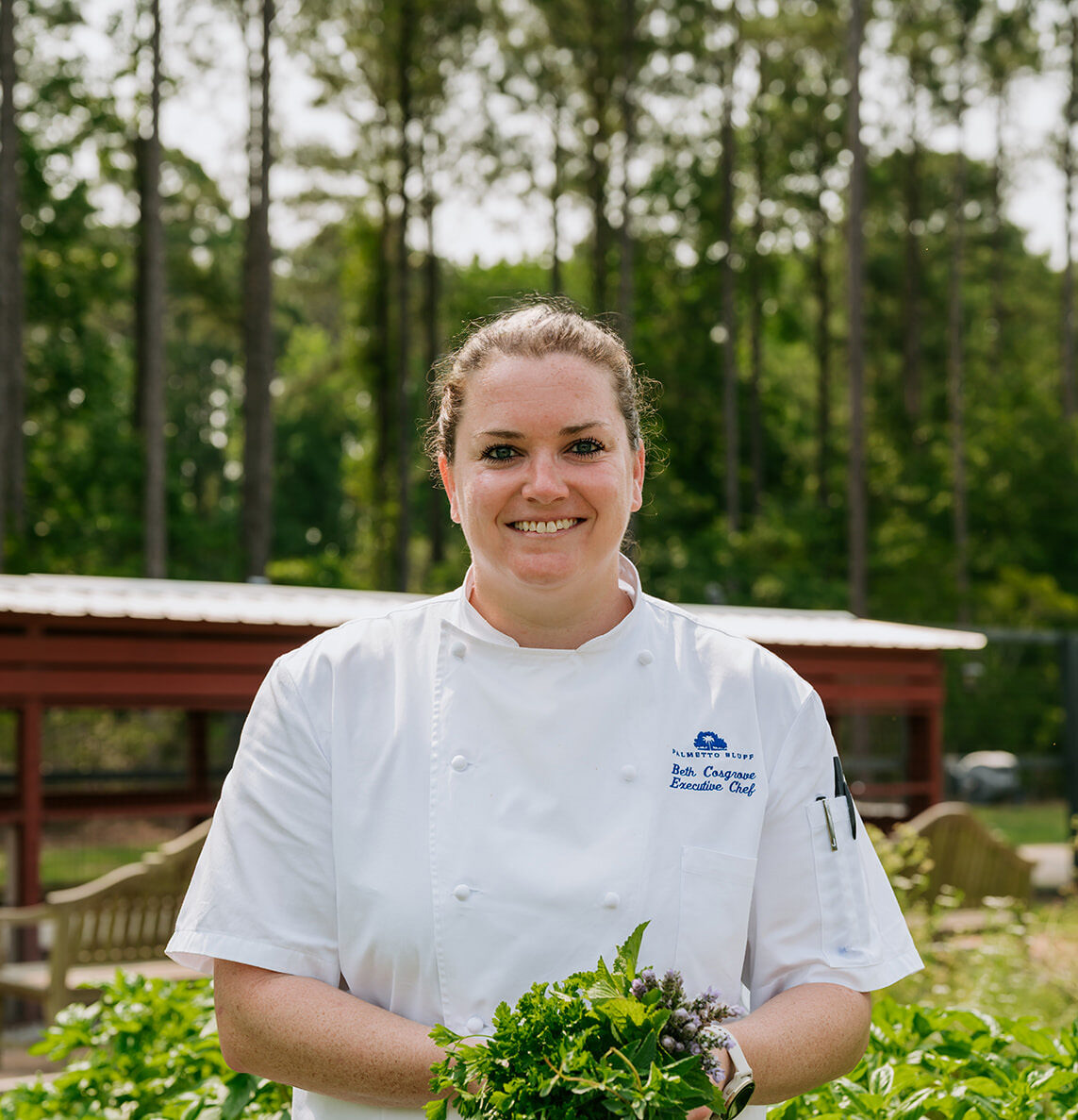
Ingredients 2 cups cooked sea island red peas, crushed with a fork 1 recipe of pimiento cheese dip (recipe below), room temperature 2 cups crème fraiche 1 cup fire-roasted bell peppers, sliced into strips 1.5 cups grilled corn, husked an...

At Palmetto Bluff, newly built homes are more than residences—they are carefully crafted retreats offering the best of Lowcountry living. Palmetto Bluff Real Estate Co. Agent, Amanda Cutrer, shares the benefits of buying “new” in the Bluff. Builder Support ...
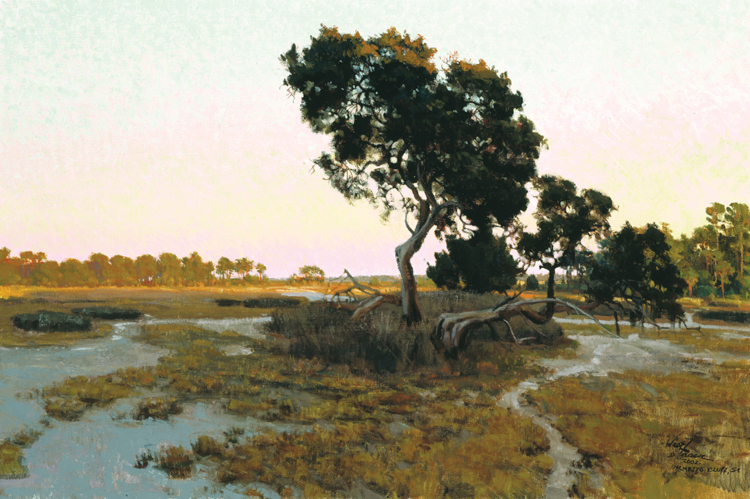
Visionary land planner Mark Permar reflects on Palmetto Bluff's rich history and its enduring connection to the land. With Anson on the horizon, the legacy of designing with nature lives on.How did you first get involved with Palmetto Bluff? I believe it was ...
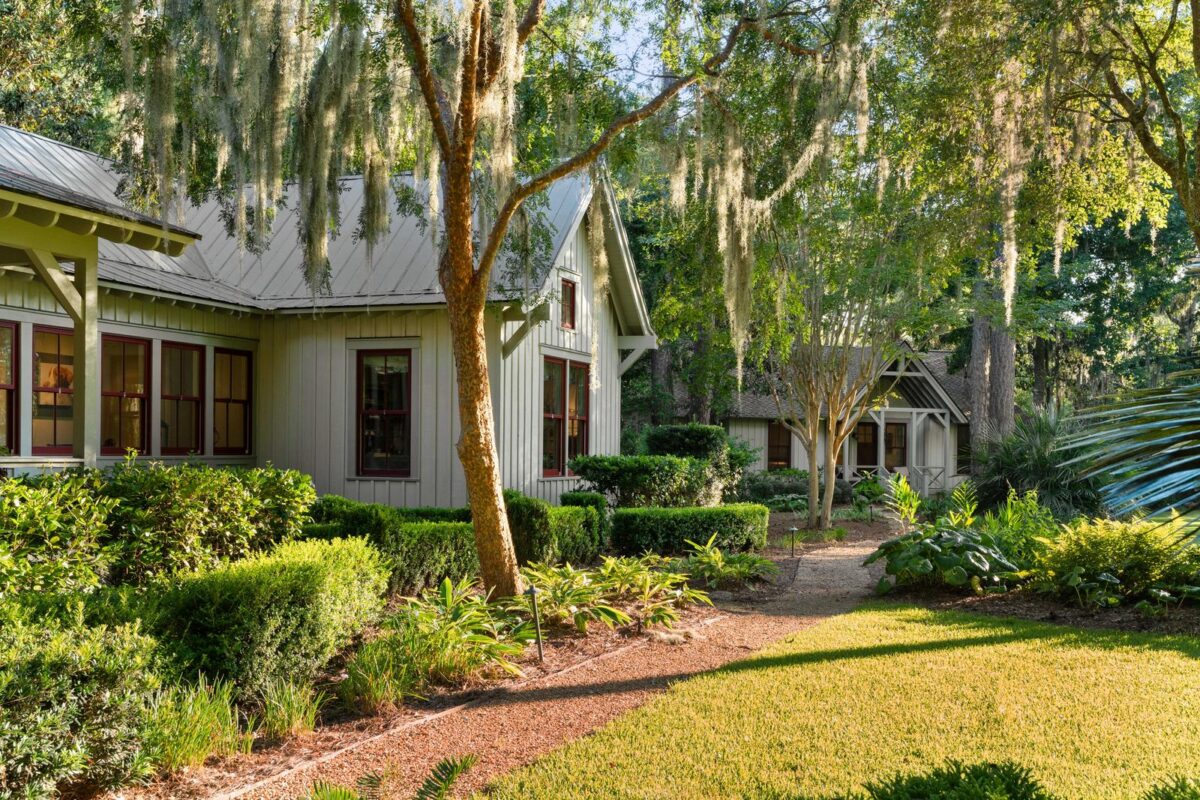
Explore Available Listings with Room For the Whole Family At Palmetto Bluff, life moves at the pace of the tides; slow enough to savor, yet rich with moments worth sharing. And when it comes to welcoming the people you love most, the right home makes all the ...
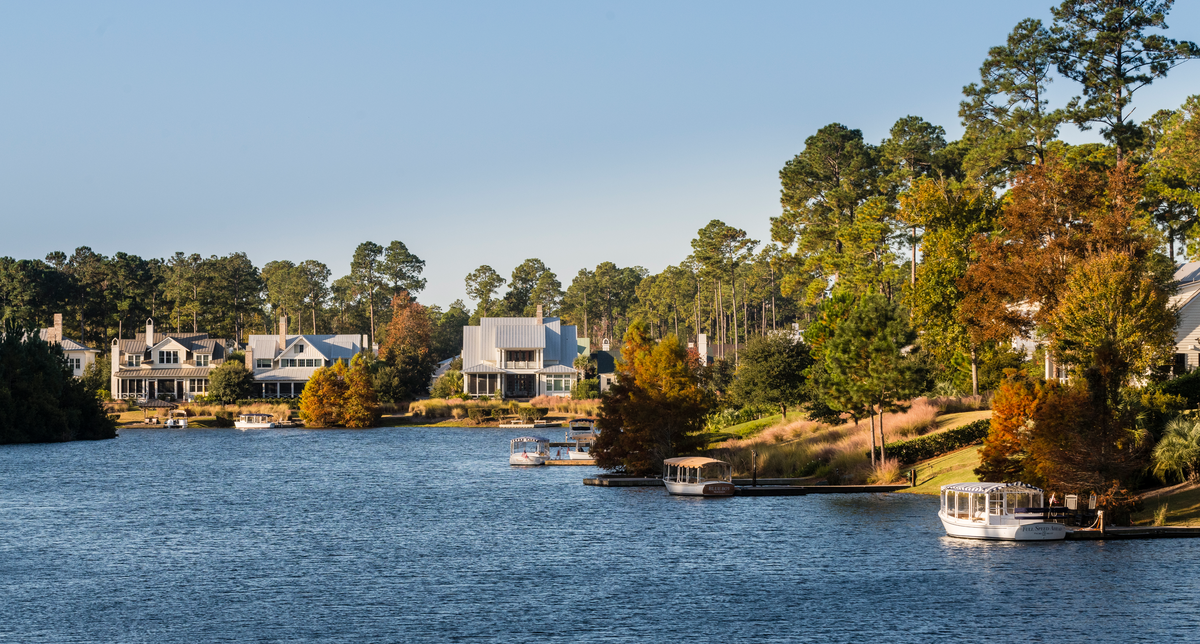
Real Estate in Bluffton, SC: Trends, Updates, and Insights The first half of 2025 has been nothing short of remarkable for Palmetto Bluff Real Estate Company, with sales volume, transaction count, and market share setting a strong pace for the year ahead. As ...

Enhancing Coastal Living With Lowcountry Landscaping Trends The Lowcountry lies along the southeastern coast of the United States, a region known for its breathtaking landscapes, rich history, and unique culture. From the charming streets of Charleston to the...
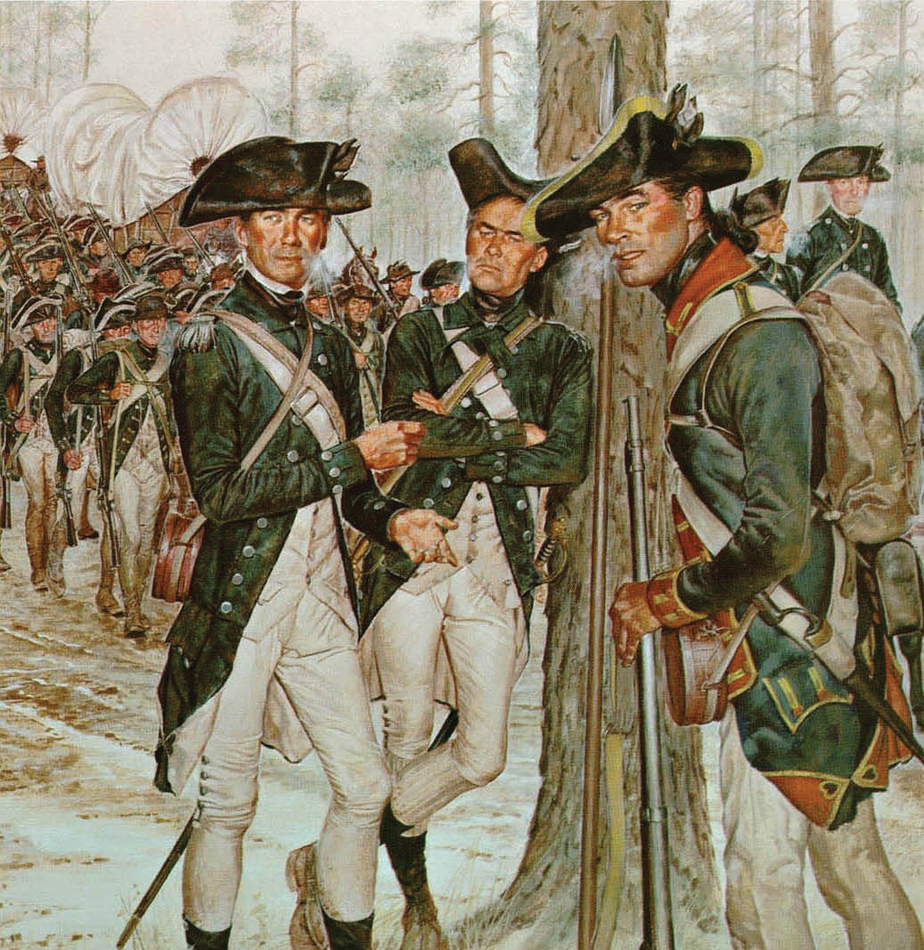
By Katie Epps, Palmetto Bluff Archaeologist Standing on the bluff that rises above the May River, gaze across the vast expanse of marsh and sky. This is a landscape virtually untouched by time. Imagine this vista in the eighteenth century, in the throes ...

The school year has officially begun, and the sound of school buses can be heard throughout the Lowcountry. As is true for much of South Carolina, Bluffton and the surrounding areas have experienced exceptional growth over the past 10 years, and so have the op...
We do not attempt to independently verify the currency, completeness, accuracy or authenticity of the data contained herein. All area measurements and calculations are approximate and should be independently verified. Data may be subject to transcription and transmission errors. Accordingly, the data is provided on an “as is” “as available” basis only and may not reflect all real estate activity in the market”. © [2023] REsides, Inc. All rights reserved. Certain information contained herein is derived from information, which is the licensed property of, and copyrighted by, REsides, Inc.